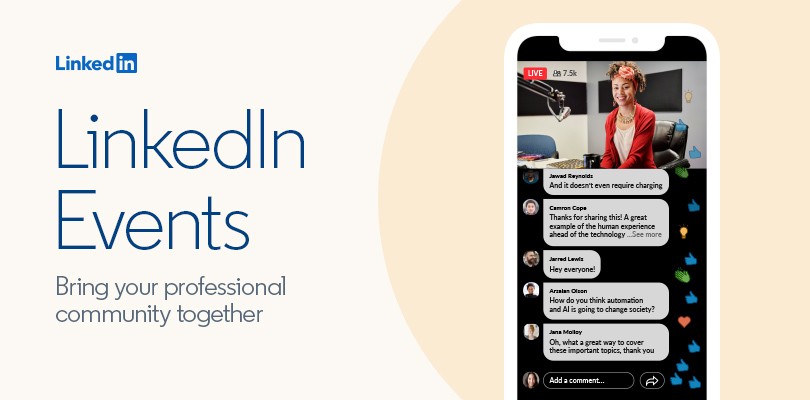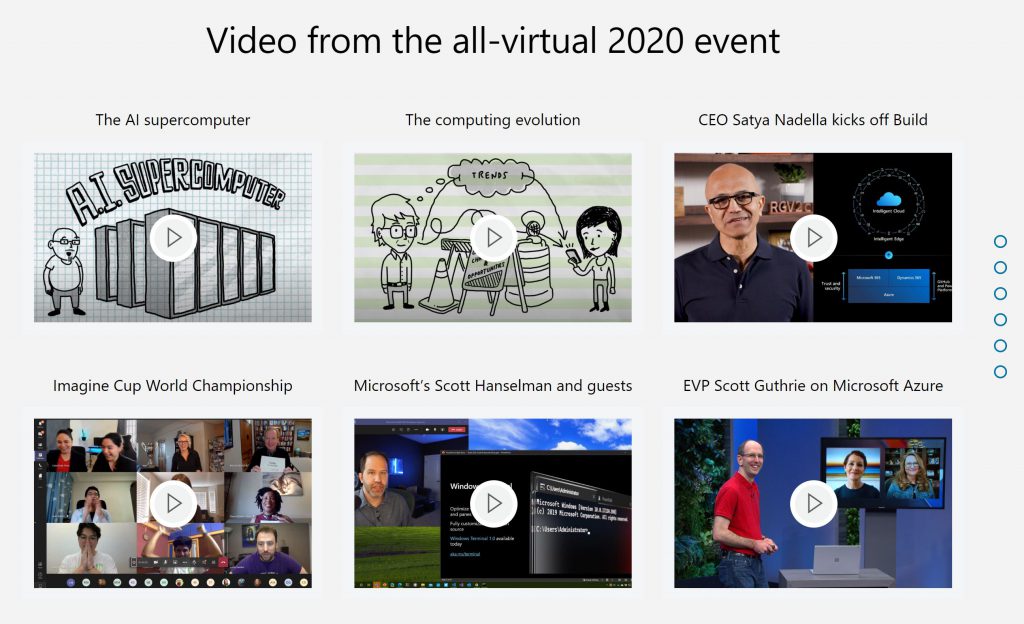A monthly wrap-up on what’s happening around the company for Microsoft News readers
Expanding broadband into rural areas. The COVID-19 quarantines have reinforced the digital divide: A study by BroadbandNow Research estimated 42 million Americans without access to broadband internet. Microsoft President Brad Smith announced its Microsoft Airband Initiative, launched in 2018, has doubled its efforts in the past three months. The tech company has worked with governments, nonprofits and business to get 1.2 million people access to broadband in rural unserved areas — nearly double the total from Dec. 31, 2019.

LinkedIn events: As the pandemic has forced events to go online, the business networking platform has combined two features — LinkedIn Live and LinkedIn Events. The integration allows among other things a choice between livestreaming either to followers or to invited attendees and improve community building. The platform uses third-party tools which would allow newsrooms to simulcast to audiences on LinkedIn, Facebook and Twitter.

Developer announcements: As with all events, Microsoft’s annual developer conference Build 2020 was held virtually May 19-20, a continuous tech marathon that drew in 230,000 attendees. All announcements can be found in the interactive Book of News and there are videos for attendees and the public to peruse.

Organizing teams: Operational workflow is a leading challenging for any business, and the fast-moving pace of a newsroom can accelerate confusion. Newsrooms with M365 licenses can now choose from customizable templates including event management and crisis response to standardize team structures, surface relevant apps, and scale best practices. Templates in Teams will roll out in the next few months and appear automatically.

Sharing data across the company. Used by business analysts and data journalists, Power BI released changes that allows companies and newsrooms to share datasets across departments and teams so that visualizations can be based upon one single source of truth. A single dataset that combines Census information with demographics from other government or think tank entities could then be used for voting analyses, school graduation and other visualizations.




